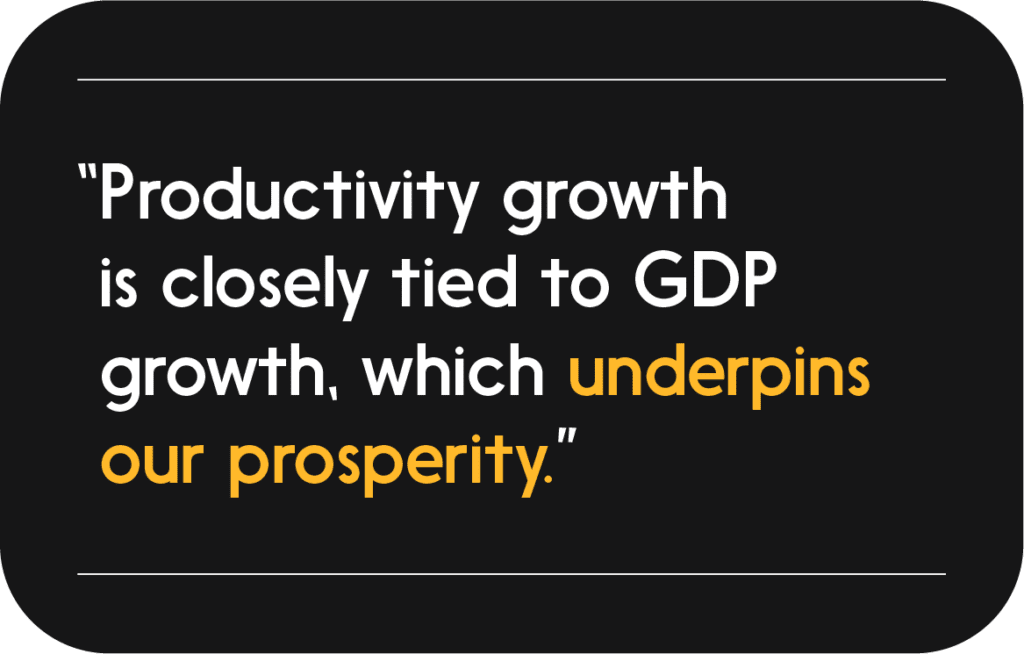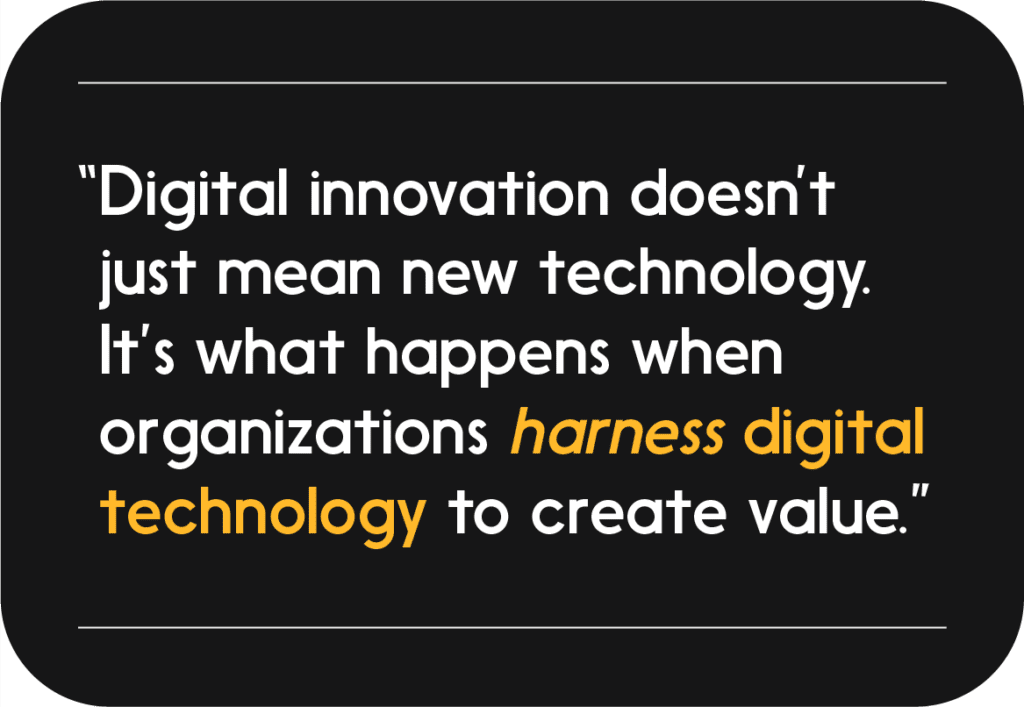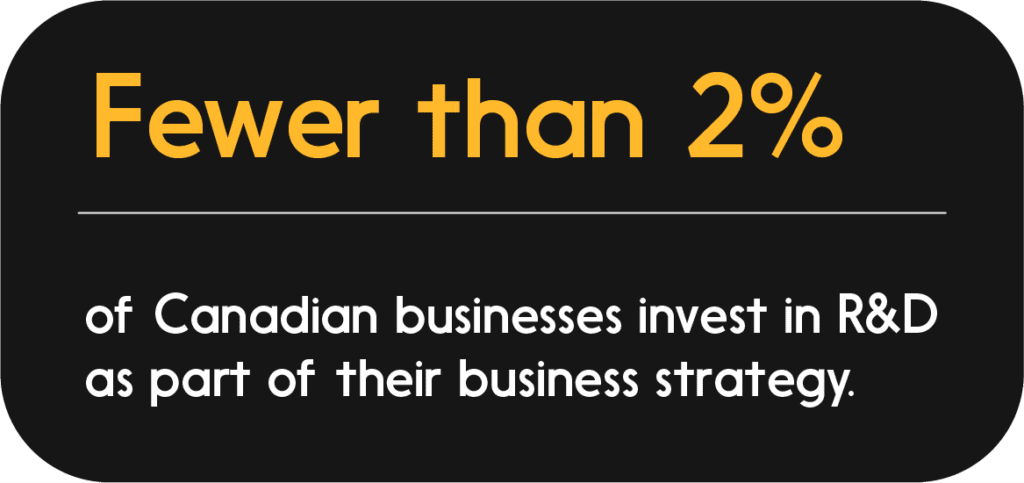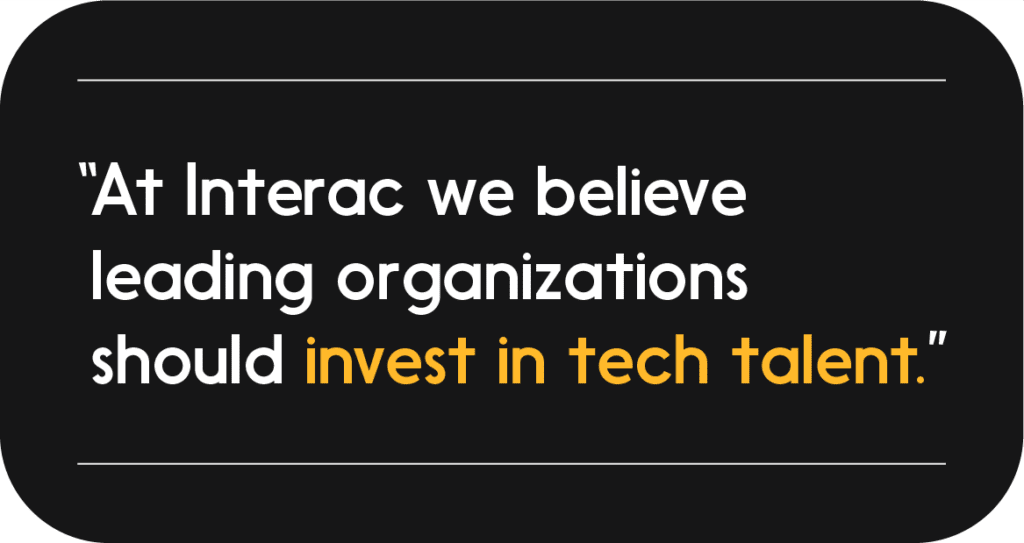Canada has a significant long-term productivity problem — and that’s a challenge for anyone who has a long-term stake in the country’s prosperity.
As a recent report warned, Canada’s productivity growth, which has been concerning for decades, has taken an even worse trajectory since the pandemic. Business-sector productivity has declined over the past five years with an annual decline of 0.3%, even as the U.S. economy has seen gains of 1.7%. (Economists define labour productivity as the ratio between the volume of inputs and outputs — in plain language, it’s a measure of how efficiently labour and investments are turned into products and services.)

Why is this worrisome? Because productivity growth is closely tied to GDP growth, which in turn underpins our prosperity. As the federal government acknowledged in the 2022 budget: “Productivity matters because it is what guarantees the dream of every parent — that our children will be more prosperous than we are.” If left unchecked, sluggish productivity growth would lead to Canada’s standard of living falling behind that of our peer countries.
Economists cite a number of reasons to explain why Canada’s productivity growth has fallen behind. Some, like challenging geography and weather, are unavoidable. Among the factors that we can influence is Canada’s long-standing weakness in research and development spending versus its peers: Over the last two decades, R&D investment has been in “perpetual decline” compared to other wealthy countries, which has created an “innovation gap” (as we discussed here with Jim Balsillie).
The good news is that organizations of all sizes and types can take advantage of digital innovation to help reverse Canada’s productivity downturn and put our collective future on the right track again.
How can digital innovation be a driver of growth?
Innovation is a key driver of productivity growth, and digital innovation a promising avenue to explore for solutions in a time of rapid expansion for the digital economy (from $104-billion contribution to GDP in 2017 to $123 billion in 2020 according to Statistics Canada’s latest figures, and still growing).

Digital innovation can be defined as the creation or adaptation of value added products, services, processes, or business models through digital technology. Digital innovation doesn’t just mean “new technology.” It’s also what happens when organizations harness digital technology to gather insights, make processes more efficient, and otherwise create value in new ways. Investment in innovation does not always mean building from the ground up but can be working with the resources you do have to make a big impact in the long term.
As an example, the Bank of Canada observes how e-commerce and mobile phone usage have created opportunities for companies to consume data to inform their decisions, thus optimizing their business processes — which in turn reduces costs and augments profits. Broadband internet access offers another example: Researchers have found — in this Australian government study, for instance — that companies with access to faster services enjoy higher productivity growth, presumably because employees can do more work in less time.
This may sound straightforward, but it’s no easy task finding real-world opportunities to research and develop ways to use technology to boost productivity within one’s company or organization.
At Interac we’ve learned through decades of experience how promoting productivity can be done, in practical terms. Here are our approaches and considerations that organizations of all sizes can consider as they seek to use digital innovation to drive productivity.
Leverage new (and existing) technologies to make business processes more efficient
Statistics Canada found that in 2023, fewer than 2 per cent of businesses in Canada incorporate research and development as part of their business strategy to address economic challenges and opportunities. While that may be discouraging at first read, it also means there’s a huge amount of untapped territory for businesses to explore in search of ways to become more efficient and productive.
For individual companies, existing, off-the-shelf solutions can be a path to productivity-enhancing processes. Interac has been explaining how enhanced payment tools like Interac e-Transfer for Business are already available and ready to help organizations optimize their processes and create efficiencies. It’s helping organizations modernize their back-office practices, by replacing outdated payment methods like cheques and EFTs with streamlined digital accounting processes for account payables and receivables — a win for Canada’s economy as a whole, given that traditional payment processes have been estimated to cost Canadian businesses anywhere from $2.9 to $6.5 billion annually. This allows businesses to spend less time with manual payment processes and more time to focus on the business itself.

Looking to the future, emerging digital technologies have the potential to drive productivity — but seizing this potential depends on how they are used. Because, again, “innovation” isn’t just the introduction of new technologies, it can also be the implementation of processes that will create value in new ways. These discoveries often emerge through the rollout of technology combined with organizations’ own insights and research (for example, via data analytics).
This is something to watch for as companies explore how to leverage artificial intelligence. AI, especially in the form of large language models, or LLMs, has captured public (not to mention investors’) attention in 2023. The technology does have the potential to be revolutionary — but only to the extent that organizations use their ingenuity and imagination to devise ways to use it as a tool as opposed to a toy.
Conversely, if the upside benefits of a new technology aren’t tangible, then it won’t necessarily attract adoption. Take decentralized finance (DeFi), which has had mixed success — perhaps because, as we’ve discussed, the risks may outweigh the opportunities in some contexts.
Consider collaborative approaches to R&D
Innovation often takes place through a collective effort, as players in the ecosystem work together to bring about innovation that will make change — sometimes on a national scale. Often, these large-scale innovations will be subject to regulatory oversight and accountable to a wide range of stakeholders. This calls for a collaborative approach, to enable all voices to be heard.
Being mindful that stakeholders come in all sizes, the Interac Lab makes a point of working with small businesses and startup fintechs as it pursues its mission of exploring emerging technologies and concepts. That way, Interac can consider the perspectives, insights and preferences of smaller organizations — many of which don’t have the resources or scale to advance innovative concepts on their own.
We’ve also contributed our expertise and experience to the federal government’s consultations on a made-in-Canada open banking regime, including by emphasizing our belief in the importance of a consent framework that will build consumer trust.
Building a future-ready workforce
A knowledge economy requires knowledgeable workers, and upgrading workers’ skills through formal education, on-the-job training (and retraining) can increase labour productivity.

The Organization for Economic Cooperation and Development (OECD) has found that companies whose workforces have key technical, managerial and organizational skills are better positioned to reap the productivity gains from digital technology than ones that don’t. Employees who possess strong, relevant qualifications are not only better positioned to understand and implement emerging technologies, they’re able to adapt quickly and confidently to changes in the work environment. As we’ve noted before, their adaptability fosters a culture of innovation, facilitating the smooth adoption of new tools and processes. This ensures that organizations can derive maximum value from digital technologies, ultimately contributing to the overall growth and competitiveness of the Canadian economy.
The challenge for Canada, as a recent Future Skills Centre report argued, is that a “digital skills gap” has resulted in many companies having trouble finding personnel with the appropriate skills to work with digital technologies. “Our overall innovation and productivity scores remain far behind [some of our OECD peer countries’],” it says, “suggesting that we risk losing more ground if we do not address the need for digital skills in innovative ways.”
At Interac we believe leading organizations should actively encourage entrants to the workforce to explore their potential in technology and innovation. In other words, we invest in talent. That outlook has led to initiatives including the Interac Youth Council, which helps young people with an interest in fintech build relationships within the industry, drive meaningful impact, and learn new skills; partnerships with organizations that give newcomer job seekers support in building new professional networks in Canada; and mentorship programs.
Digital innovation can deliver a brighter future
At Interac we’ve applied an innovation mindset to our own evolution, by growing to incorporate digital verification to our mission in addition to payments. We aspire to be a contributor to Canada’s productivity growth by bringing speed, security, reliability, standardization and cost efficiency to digital payments and verification and authentication, through solutions that work at a national scale. We also believe in offering broad access to the digital infrastructure that makes these digital transactions and interactions possible, so that organizations of all sizes can take part in productivity-boosting transformations. And we believe in fostering a diverse, well-educated workforce to meet the challenge and deliver the opportunities that digital technologies promise.
Looking forward, Interac is working on delivery time to market, at scale, and with resiliency and security to help Canadians confidently exchange value — in the realms of payments, identity, and beyond. It’s part of our efforts to help Canada unlock its potential through digital innovation.
As other organizations join us in this effort, we’re optimistic that it will be our collective effort that will help alleviate our current economic pressures, and contribute to Canada’s productivity growth journey to build a more prosperous future.
Digital change happens fast. Get news and updates from Interac — and stay on top of it.



